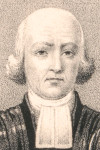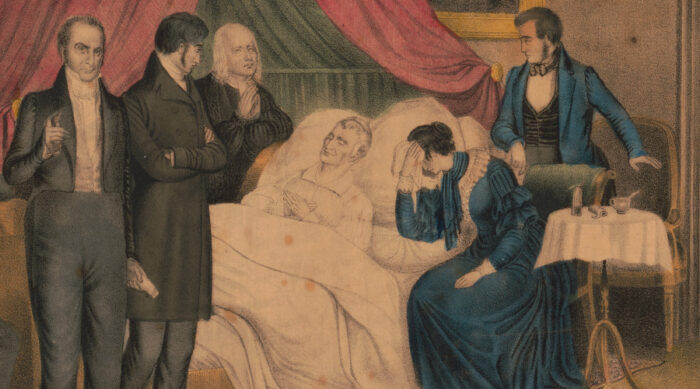
One of my favorite factoids when touring Congressional Cemetery is that William Henry Harrison spent longer in the public vault there than he did in the White House. Today, I want to explore the situation a little more.
William Henry Harrison was the 9th President of the United States. He came into office with a wealth of experience, having served as Senator, Representative, Governor and s slew of more minor posts. He even had run previously for President, in 1836. This all came on top of a lengthy and distinguished military career, capped by his victory over the Shawnee leader Tecumseh in the battle of Tippecanoe. The last would earn him the nickname ‘Tippecanoe,’ which would become part of his slogan for the White House in 1840: Tippecanoe and Tyler, too.
March 4, 1841 was a cold and wet day. Harrison, maybe to prove that he was not, as his opponents had called him “Granny Harrison, the petticoat general,” spoke for over two hours in his inaugural address, while wearing neither an overcoat or hat. He then rode through the streets of Washington, and received visitors at the White House for three hours before heading out for multiple balls around the city. It would have been a stressful day for anyone, let alone a 68 year old.
It was unsurprising that when he became ill on March 26, people pointed their fingers at the inauguration day’s stress as a cause, though it seems unlikely that any disease would take three weeks to manifest itself. There is no doubt that he schedule in the White House was punishing, making him susceptible to illness. He was treated with the usual weapons in the doctors’ armory: Bloodletting, mustard plasters, ipecac. None had any great effect, and he died on April 4, 31 days after having taken office.

Several ceremonies were held in the White House over the next few days, presided over by the Reverend William Dickinson Hawley, whose picture is above. On the 7th, he was taken to Congressional Cemetery. Solomon Northup describes the scene in his book Twelve Years a Slave:
The next day there was a great pageant in Washington. The roar of cannon and the tolling of bells filled the air, while many houses were shrouded with crape, and the streets were black with people. As the day advanced, the procession made its appearance, coming slowly through the Avenue, carriage after carriage, in long succession, while thousands upon thousands followed on foot—all moving to the sound of melancholy music. They were bearing the dead body of Harrison to the grave…. I remember distinctly how the window glass would break and rattle to the ground, after each report of the cannon they were firing in the burial ground.
The Alexandria Gazette described the scene at the cemetery:
Arrived at the Congressional Burial Ground, the Military were drawn up, and the body, supported by twenty Six Pall Bearers, from the different States in the Union, preceded by the Authorities of the District of Columbia, and the Rev. Clergy, and followed by the family of the deceased, the Vice President, the Members of the Cabinet, the Diplomatic Corps, and the Civic Procession, was borne to the Vault. Here the funeral service was read by the Rev. Mr. Hawley, and as the mortal remains of the good old President were laid in the silent tomb, a volley of musketry from the troops, broke in upon the awful silence of the scene, and paid the last tribute of honor which soldiers could render to a beloved Chief.
Two months later, his body was taken from Congressional and moved by barge and train to North Bend, Ohio, where he was buried in the family tomb.
